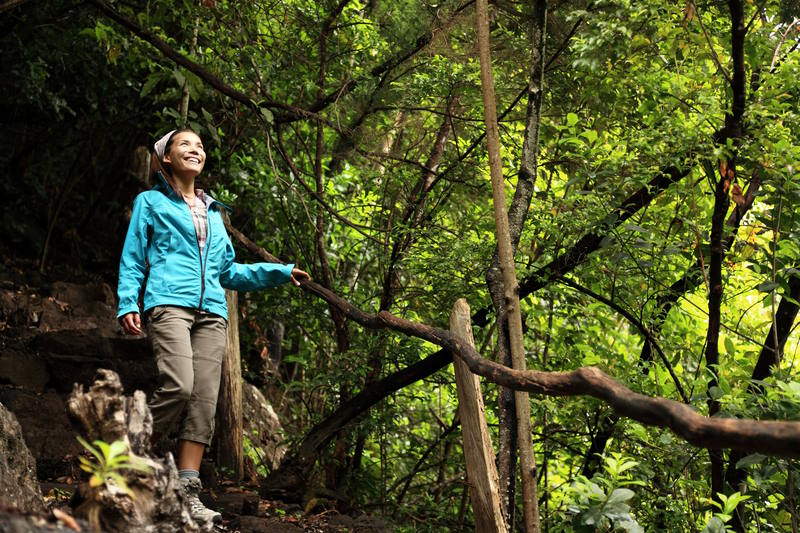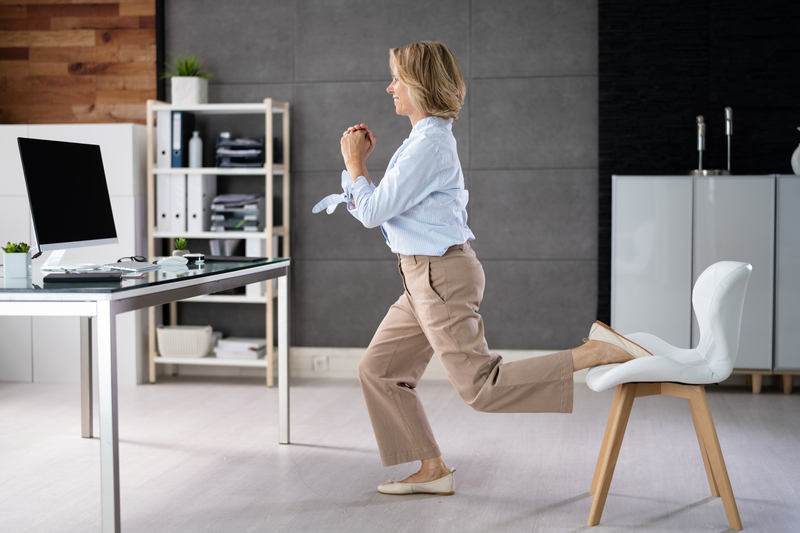A Surprising Way to Boost Creativity

When it comes to inspiration, physical activity and creativity go hand in hand. A lot of people may try brainstorming sessions to unleash their inner artists or even head off to retreats in search of expression. But guess what? A totally underrated tactic is to get out of your head and use physical activity to boost your creativity. Exciting new research shows that getting your body moving can really help get your creative juices flowing, suggesting that movement might be your secret weapon when it comes to innovation.
What Is Creativity?
The relationship between physical activity and cognitive function has long intrigued scientists. Recent studies indicate that engaging in regular exercise can lead to significant improvements in creative thinking. For example, recent research found that individuals who make physical activity a habit tend to produce more original ideas when tasked with creative challenges.
This link is not limited to regular exercise routines. Even acute bouts of physical activity have been shown to enhance ingenuity, with both short-term and long-term physical activities positively impacting creative thinking.
How Do Physical Activity and Creativity Work Together?
It’s long been known that physical activity helps you stay healthy, both physically and mentally. However, more recent data shows that being active is even more beneficial for inspiration and inventiveness than previously thought.
Studies show a positive link between physical activity and creativity. According to a 2024 study, researchers found physical activity provides a boost for basic cognition, such as memory and attention. In addition, those who are physically active tend to have more interesting and original ideas. They also show a better mastery of mental control skills and self-regulation.
There are two types of thinking when it comes to your ideas: divergent and convergent. Divergent thinking involves coming up with ideas, drawing associations between unrelated things, and outside-the-box thinking. When it comes to convergent thinking, it’s more about weighing and assessing those ideas through a logical and structured mental process. Physical activity enhances both types of thinking.
In addition, stepping away from the problem or project at hand can often help you come up with a solution. This is a process called “incubation.” It’s when you allow your brain to relax as your thoughts wander while you do a “mindless” activity like walking or running.
You don’t realize your brain is working on the problem in the background, but this active mental break allows you to unravel issues while solutions flow to you more easily.

Why Does Exercise Enhance Your Imaginative Side?
You might be surprised at some of the benefits you can get when you combine physical activity and creativity.
Better Mood—Physical activity is well known as a natural antidepressant, helping you shake off a bad mood and work out aggression in a positive way. This allows the creative juices to start flowing again once you free your mind of the old constricting negative thoughts.
Less Stress—Get your mind off the problem by busying yourself with action. Since you can only truly focus on one thing at a time, getting in a great workout will let your mind relax. And, since a relaxed brain is no longer anxious, your thinking will be more expansive and creative.
Better Brain Plasticity—Exercising regularly promotes neurogenesis and enhances synaptic plasticity, particularly in areas of the brain associated with memory and learning. These neurological changes can help with the formation of new ideas and connections, fueling creative insights.
Even more good news: exercise has protective effects against future cognitive decline, allowing you to be imaginative well into your older years.
Improved Cognitive Flexibility—Exercise has also been shown to help with cognitive flexibility. Cognitive flexibility means how quickly (and well) you are able to adapt to new ways of thinking and assimilate new information. It is the essence of creative problem-solving and helps you approach challenges from new perspectives.

How Can You Incorporate More Activity into Your Life?
If you want to get more active to bump up your expressiveness, try some of these ideas:
Start with Simple Walking—Yes, even just walking can spark fresh ideas. The philosopher Friedrich Nietzsche wrote, “All truly great thoughts are conceived by walking.” Steve Jobs and Mark Zuckerberg are known for the meetings they held while walking (a “walk-n-talk”).
Try Running or Jogging—You’ll get a nice burst of endorphins during your run that will help boost your mood and foster positivity. In addition, the act of running really seems to release your creativity and imagination.
Exercising in Nature—Taking it outdoors to combine physical activity and creativity can pay off in a big way. Walking, hiking, biking (or whatever your choice of exercise), and immersing yourself in nature leads to greater experiences of flow, according to a study published in Frontiers in Psychology.
Active Breaks—If all else fails, just make sure to take multiple breaks during your day to be active. This can help shake new ideas loose and break your brain out of a rut.
The next time you’re feeling “stuck” or just can’t seem to move forward with a project, consider getting active. Take advantage of the link between physical activity and creativity to enhance your output.
References:
Kimura T, Mizumoto T, Torii Y, Ohno M, Higashino T, Yagi Y. Comparison of the effects of indoor and outdoor exercise on creativity: an analysis of EEG alpha power. Frontiers in Psychology. 2023 Jul 18;14:1161533.
Steinberg H, Sykes EA, Moss T, Lowery S, LeBoutillier N, Dewey A. Exercise enhances creativity independently of mood. British Journal of Sports Medicine. 1997 Sep 1;31(3):240-5.
Rominger C, Fink A, Perchtold-Stefan CM, Benedek M, Schwerdtfeger AR. Habitual physical activity is related to more creative activities and achievements. Scientific Reports. 2024 Nov 30;14(1):29768.
Wong M. Stanford study finds walking improves creativity. Stanford News. Pridobljeno. 2014 Apr 24;30(4):2021.






